
Hypertrophy training: The Complete Guide (plus workouts)
Hypertrophy development is valuable as increased muscle mass is beneficial to athletic performance and a necessity for many sports.
Strength & Conditioning is the practical application of exercise prescription in order to improve the physical performance of athletes. For example, it focuses on strength and power training, aerobic and anaerobic development, movement quality, and speed enhancement.
As the world of strength and conditioning is very complex, our aim is to simplify the science so that coaches, athletes, and everybody else can understand how to use these training methods in order to optimise sports performance.

Hypertrophy development is valuable as increased muscle mass is beneficial to athletic performance and a necessity for many sports.
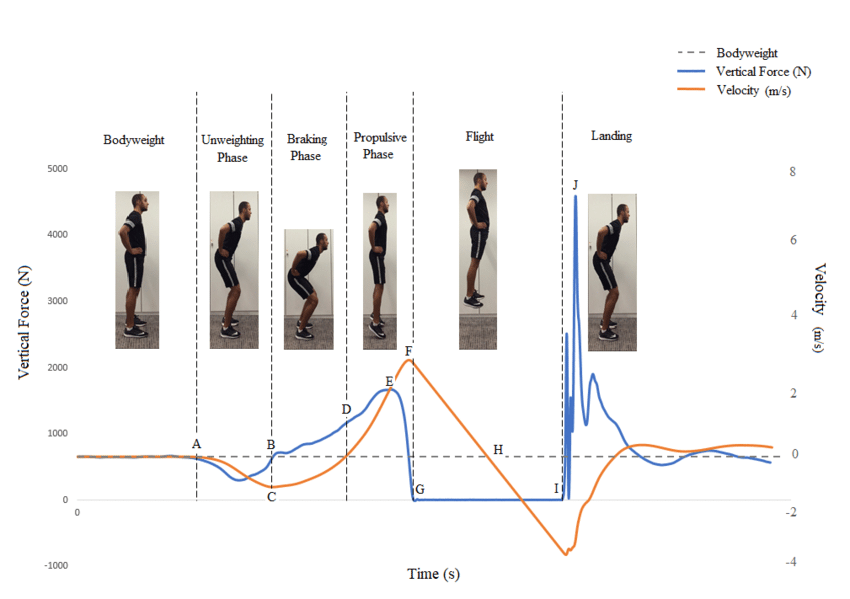
The countermovement jump (CMJ) is a simple, practical, valid, and very reliable measure of lower-body power.
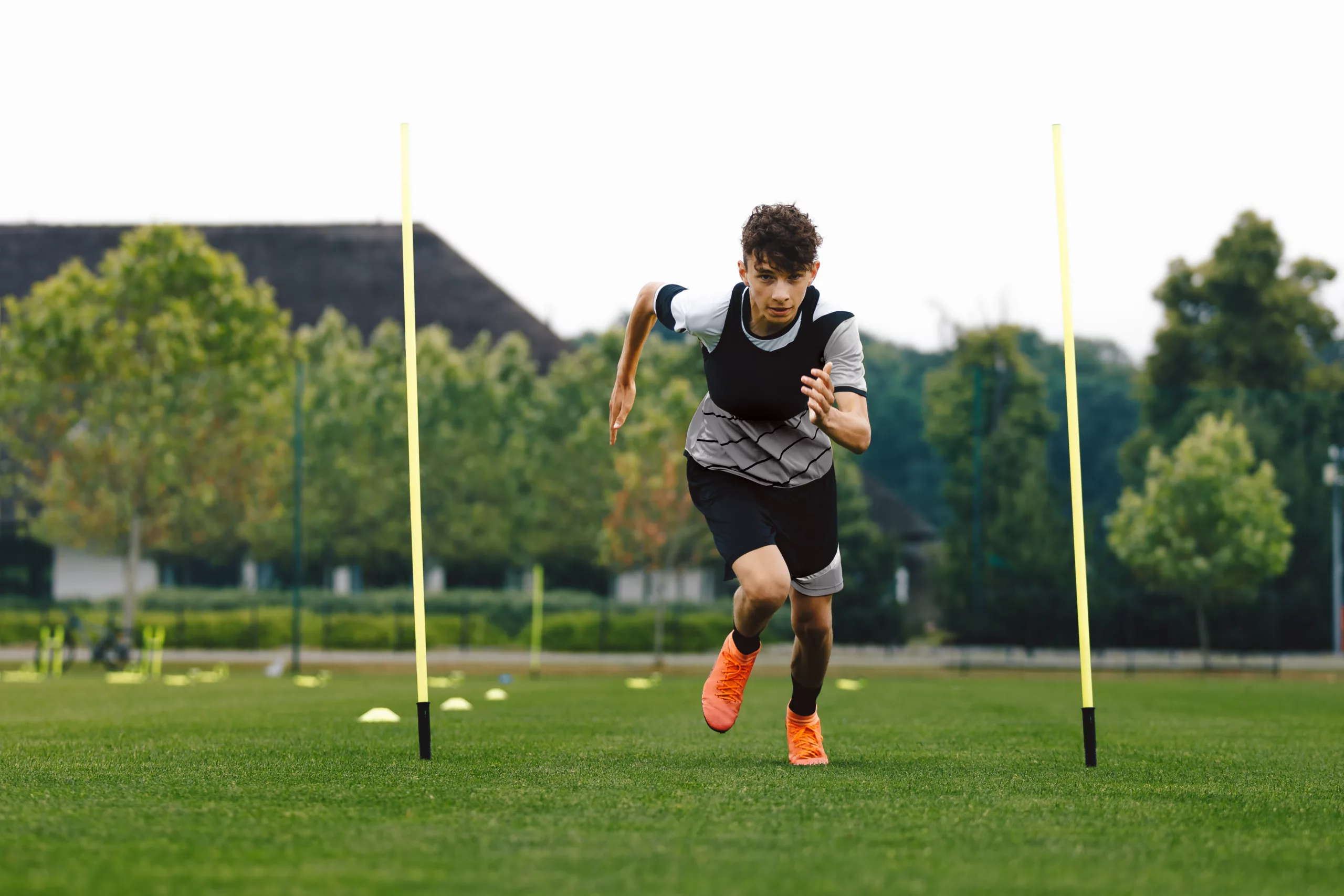
The 30-15 IFT measures aerobic and anaerobic capacity, change of direction qualities, and ability to recover during intermittent exercise.
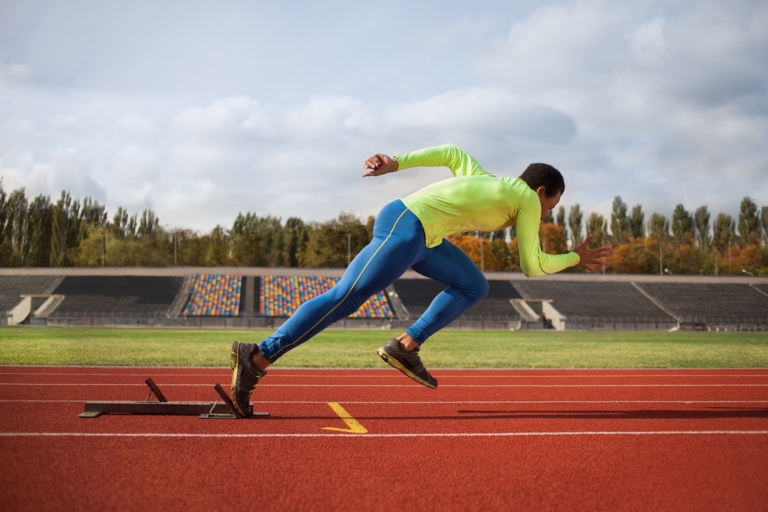
Adding what is called the ‘anaerobic speed reserve’ to your aerobic test data can help take athletes’ conditioning to the next level.

Resistance training can develop increases in muscle hypertrophy, strength, power, and/or endurance. When programmed correctly, it is beneficial and safe for everybody. Here’s your ultimate guide.

To take your power development to the next level, the first step is to make an individual profile of your force and velocity. But how on earth do you get your profile?

Small-sided games can be used as an efficient method of training for physical, technical and tactical purposes. There are downsides, however.

Hand-eye coordination is the most sport-specific but universal skill you can develop that’s not actually sport. But how can it be developed? Hint: Tennis balls could be the answer.
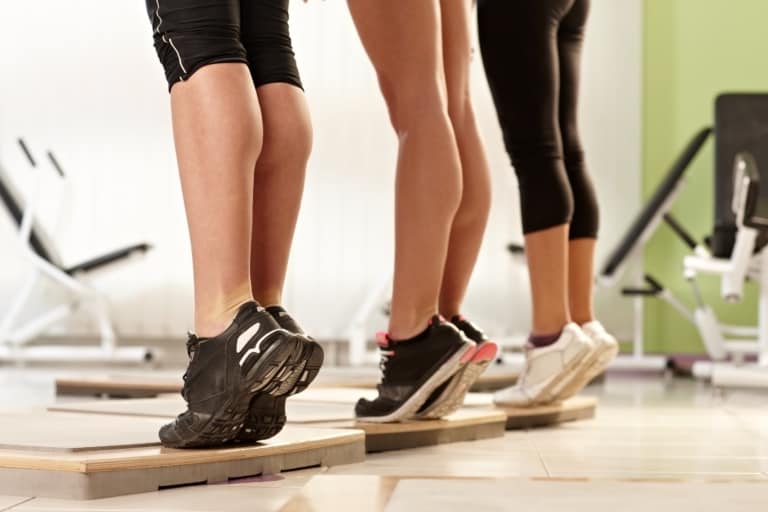
Many coaches and athletes fail to properly train the calf area, but ignoring calf muscle development can lead to higher rates of injury.

Physical literacy needs to be a multi-faceted approach: Parents, physical education teachers, sports coaches, strength and conditioning coaches, leisure management personnel, family members, and peers all play an integral role in physical literacy.
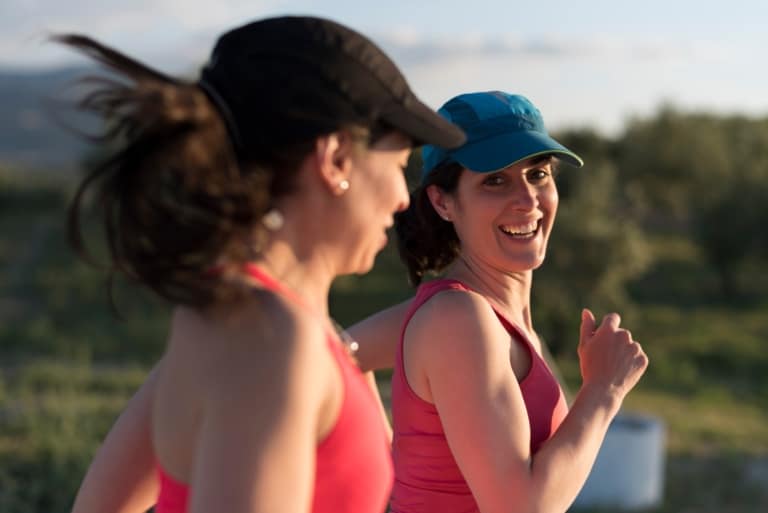
While sports technology continues to develop at a rapid rate, there are simpler ways to monitor your exercise intensity. One of these old-school methods is the Talk Test.
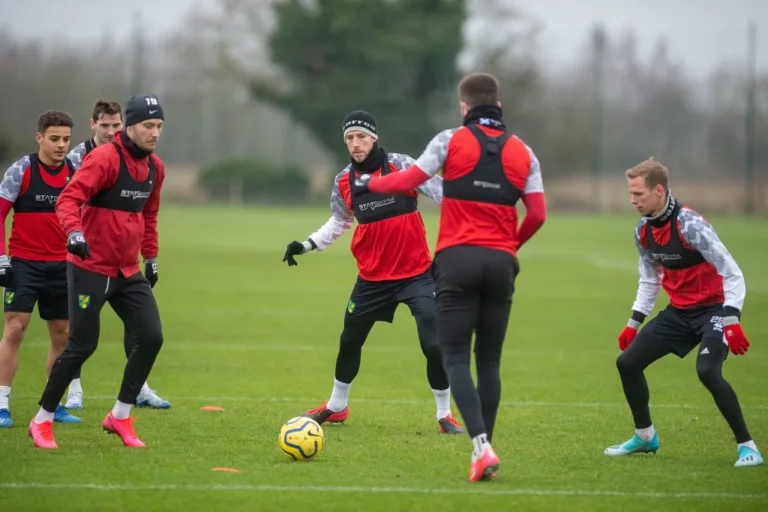
Speed is essential in many team sports, meaning athletes, coaches, and teams must focus more on speed development.
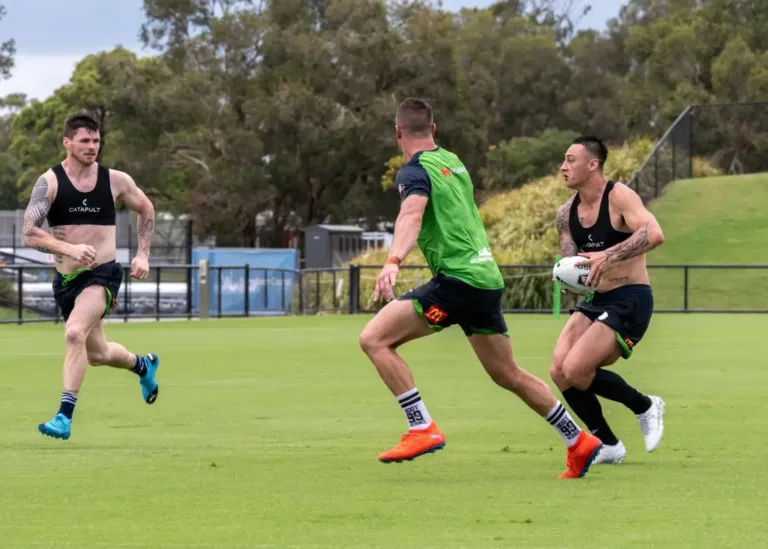
The ability to plan microcycles from match to match is more important than ever.

Pregnancy can be a daunting and confusing time for expectant mothers. We’ve done a deep dive into the research to answer some key questions and establish some pregnancy exercise guidelines.
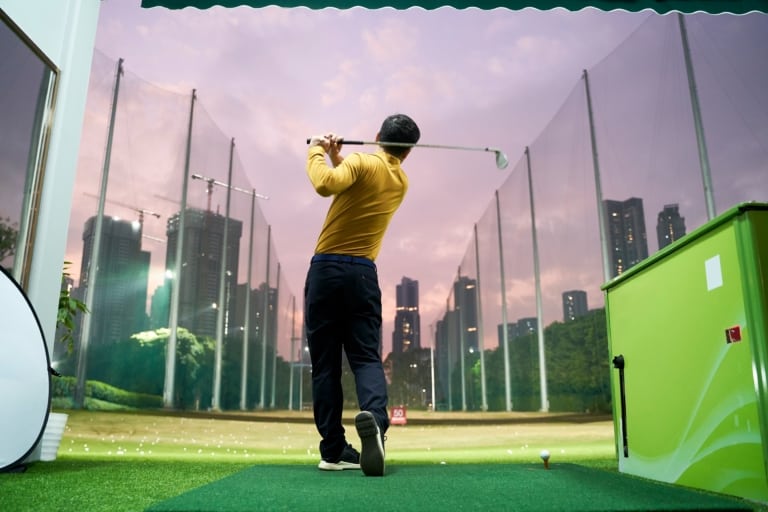
Golf strength training isn’t just for the pros; jumping, deadlifts and squats are some of the exercises that top PGA professionals perform to maximise their driving distance.
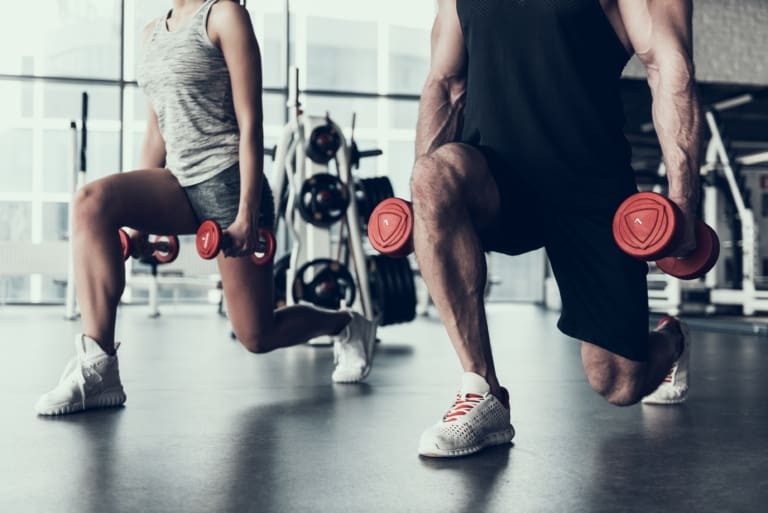
This study aimed to compare two and four times per week training frequencies with matched volumes on gains in muscle strength and size.
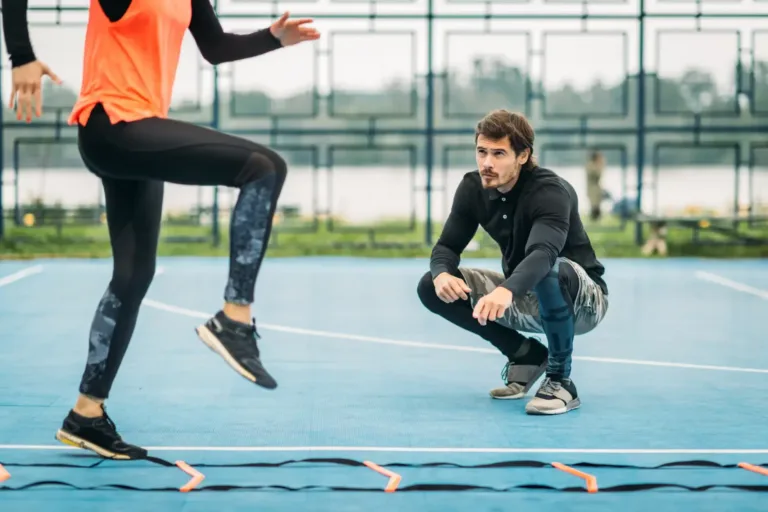
This article explains what a strength and conditioning coach is and how you can land a job in the S&C industry.
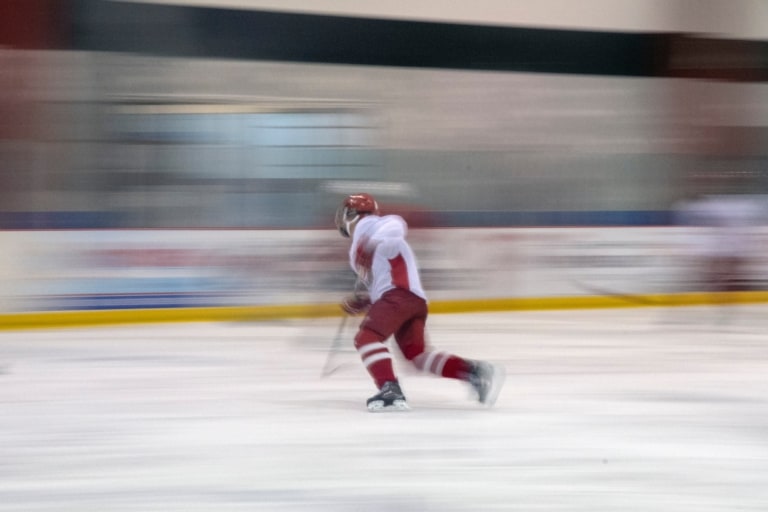
Speed and strength is a cornerstone of training for ice skating. But what can other athletes learn from those on the rink?
Learn from a world-class coach how you can improve your athletes' agility. This course also includes a practical coaching guide to help you to design and deliver your own fun and engaging agility sessions.
Get Instant Access